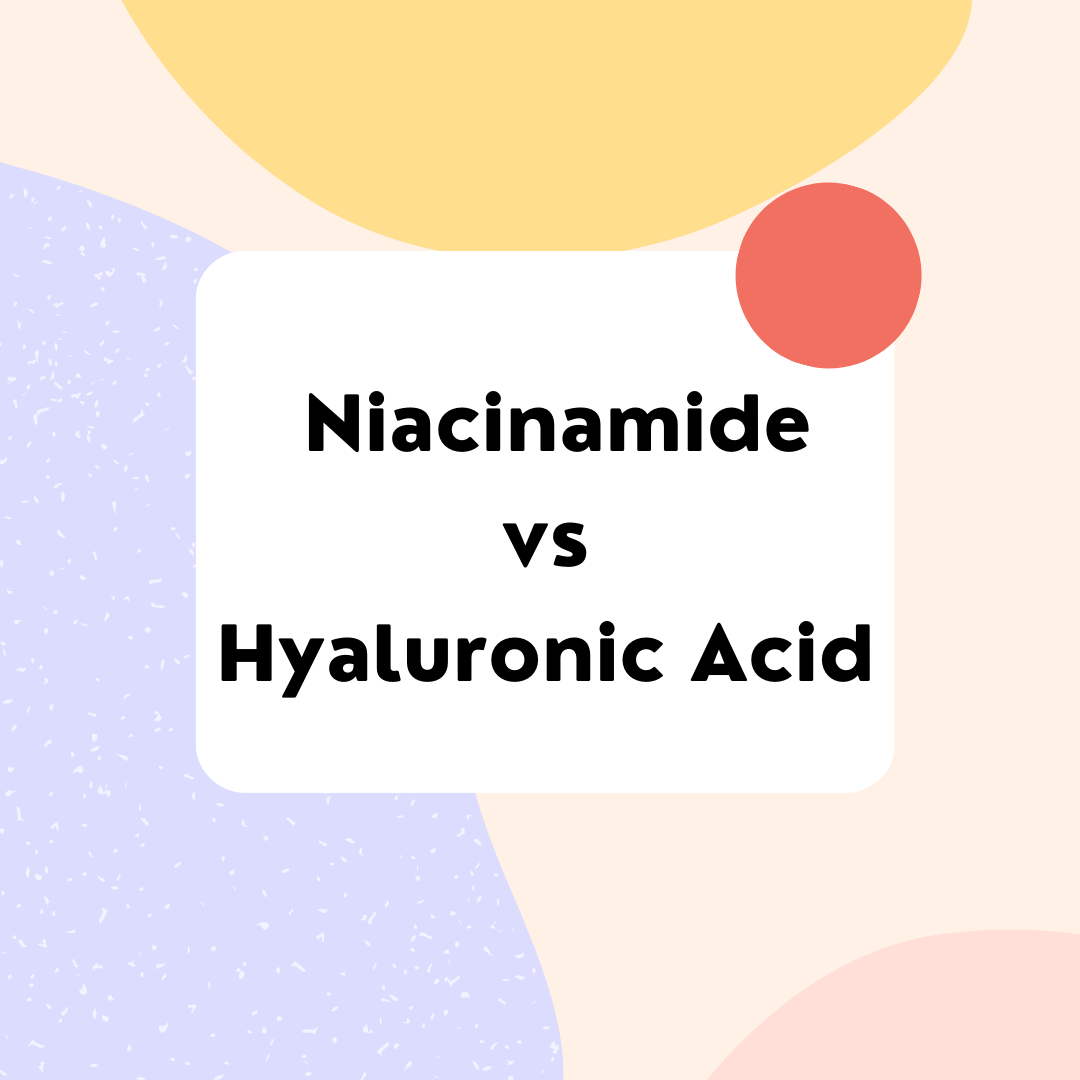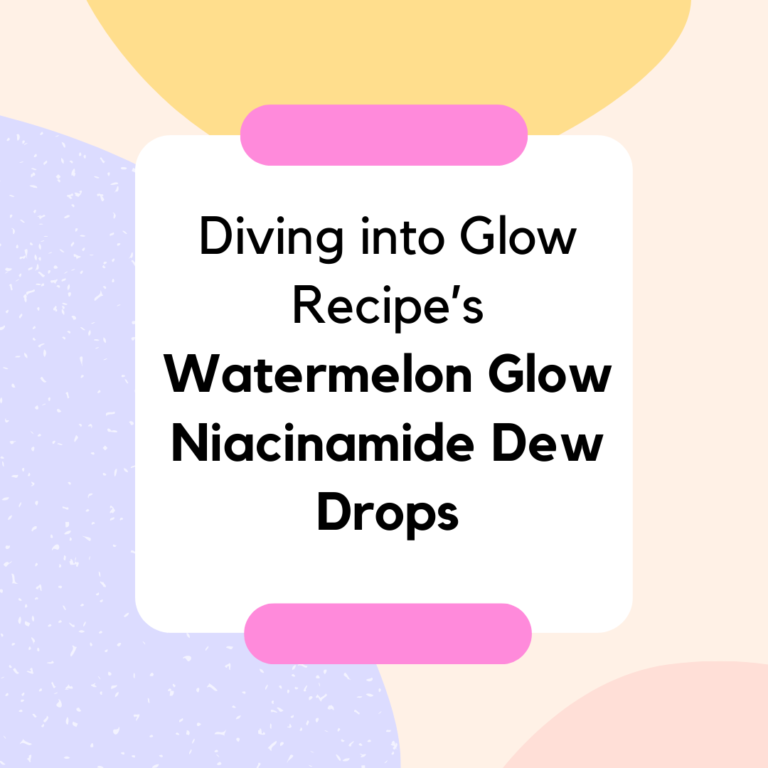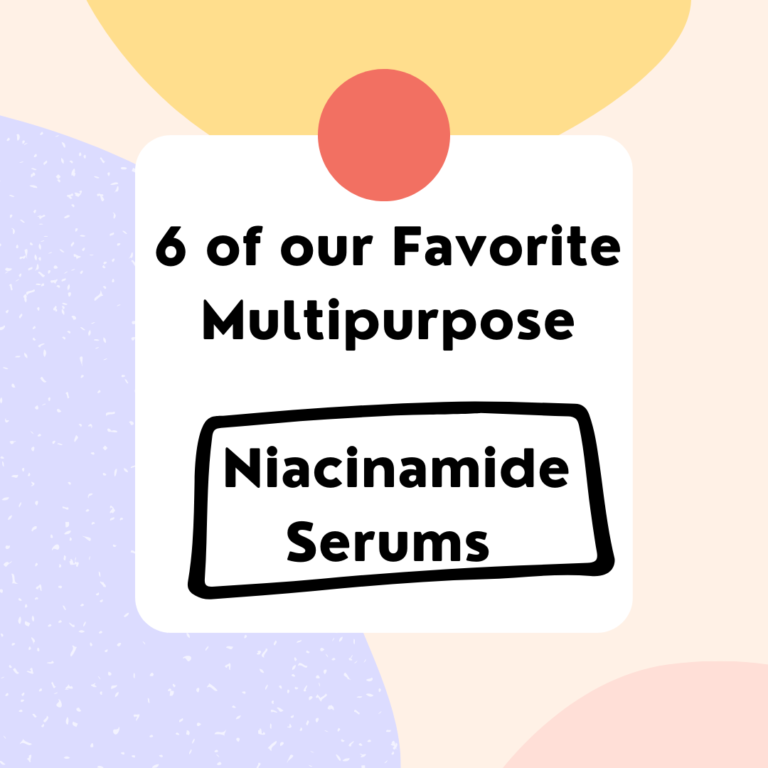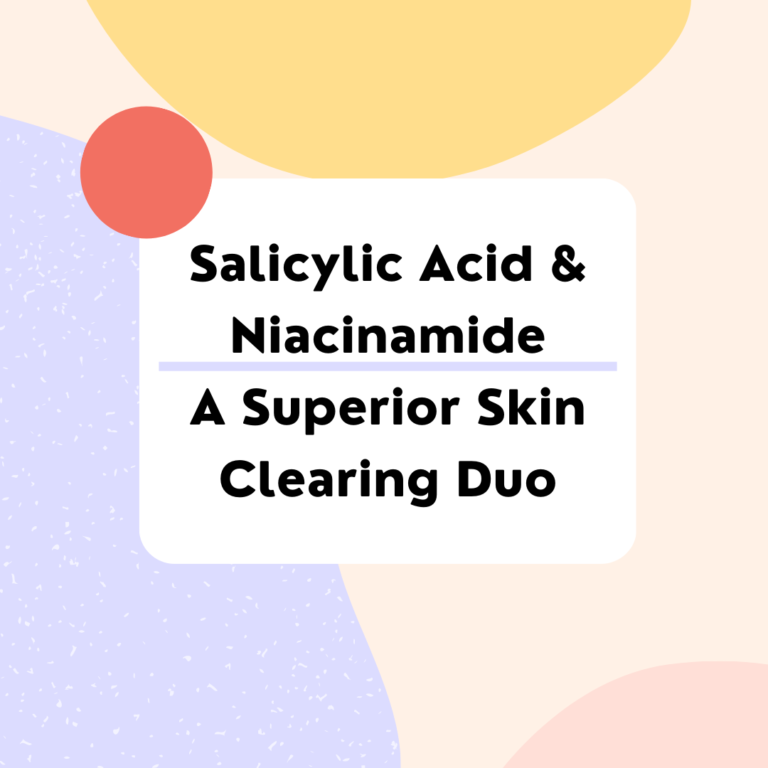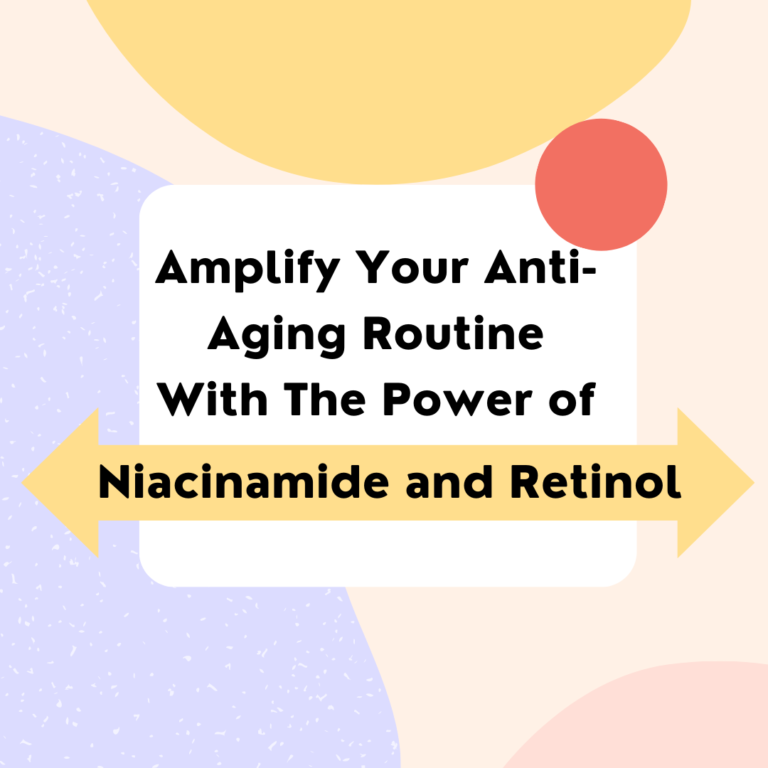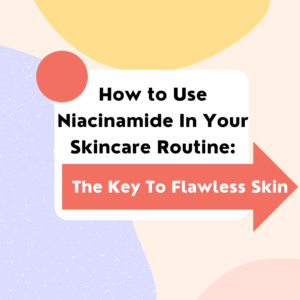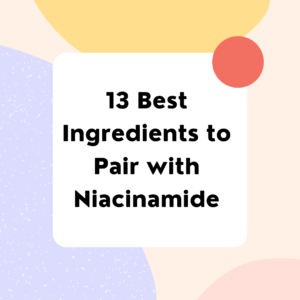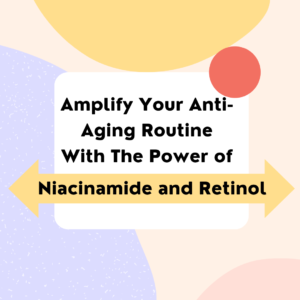The world of skincare would not be the same without hyaluronic acid. As soon as you apply HA, this superior ingredient injects a surge of hydration into your skin to give your face a boost of nourishing and long-lasting hydration. In our “13 Remarkable Ingredients to Boost Your Niacinamide Before and After Results” article, we briefly touch on the benefits of mixing hyaluronic acid with niacinamide. There are a lot of differences when comparing niacinamide vs hyaluronic acid, but that’s what makes them work so well together. However, we need to better understand the benefits of niacinamide vs hyaluronic acid, so let’s dive in to discover what this magical super-hydrating ingredient really is!
Table of Contents
ToggleWhat is Hyaluronic Acid?
Hyaluronic acid works to provide cushion and lubrication to your eyes, tissue, and joints. This ingredient is versatile as hyaluronic acid works all throughout our bodies and helps keep our muscular, skeletal, and skin systems hydrating and functioning properly.
From a molecular level, hyaluronic acid can hold 1,000x its weight in water, making it highly efficient at hydrating! Hyaluronic acid occurs naturally and is found within your body in all your joints, skin, and even in your eyes!
The hydrating properties of hyaluronic acid help your body retain vital moisture and give your skin the ability to stretch and retain its elasticity. Our skin is like a rubber band, over time it stretches, shows signs of wear, and becomes less able to retain its elasticity and shape.
Hyaluronic Acid Before and After
By utilizing hydrating ingredients like hyaluronic acid, your skin will age better and maintain its moisture levels more effectively, preserving your skin’s elasticity and ability to “bounce back”. Since your skin is made up largely of HA, it is going to be highly beneficial to use an HA-based product to supplement your body’s natural levels. You can address many skin concerns all over with a hyaluronic acid body lotion, and you can even use a hyaluronic acid lip balm for lips that need a boost of natural moisture!
Fun Fact: Most hyaluronic acid you see in skincare products is sustainably sourced and is the result of the safe fermentation of various types of bacteria.
Benefits of Using Hyaluronic Acid Before and After
As we age, our bodies lose collagen, hyaluronic acid, and elastin. These naturally occurring substances produced within our bodies help to keep skin hydrated and give it the ability to stretch and maintain its elasticity.
HA is interesting because it has the dual benefit of not only providing surface level hydration, but its real skill is deep hydration. Right after applying, the lightweight nature of HA allows it to dive into your skin and deliver moisture to your skin cells.
Hyaluronic acid, when applied to the skin, offers a long list of vital benefits like:
-
Greatly helping skin draw in and retain moisture
- Aids in speeding up wound regeneration
- This can greatly increase the rate in which your skin heals from blemishes, wounds, and scarring
- Regulates inflammation and calms irritated skin
- Protects the skin’s barrier while helping draw more moisture in
- Reducing the appearance of fine lines and wrinkles because of added hydration and increased elasticity
- Visibly increases the tightness of the skin
- Supports increased skin cell regeneration
- Antioxidant properties that rid the skin of damaging free radicals that mess with texture, pigmentation and cause accelerated aging.
Different Types of Hyaluronic Acid
It is important to note that not all hyaluronic acid is formulated the same. Hyaluronic acid found in skincare products vary in their molecular weights, and this is a key factor that could serve as a difference maker depending on the benefits you seek from your skincare.
Hyaluronic acid with a low molecular weight has been found to penetrate deeper to provide more long term acting benefits, like reducing wrinkle depth and causing skin to hold onto added moisture for a longer period of time.
Typically you must try products that contain low molecular weight hyaluronic acid for at least a month to start experiencing notable benefits. On the other hand, hyaluronic acid with a higher molecular weight provides more fast-acting benefits to the skin when applied. The instant “plumping effect” we associate with hyaluronic acid comes from the molecularly heavier hyaluronic acid which almost immediately blurs fine lines and provides fast-acting hydration.
How to Use Niacinamide and Hyaluronic Acid Together
Due to the fact that niacinamide and hyaluronic acid are both water-based, these two ingredients are extremely compatible. Even though they are both water-based, absorption rates are different when comparing niacinamide vs hyaluronic acid.
For best results, after cleansing, apply your hyaluronic acid product before applying any niacinamide products so that your skin begins to draw in moisture. The order of usage is important when comparing the function of niacinamide vs hyaluronic acid. You want the HA to draw in the moisture first, then the niacinamide to come in and trap the moisture.
A little tip is to apply the hyaluronic acid while your skin is still damp, this provides more potential moisture to your skin as the hyaluronic acid soaks up the excess water!
How Long to Wait Between Hyaluronic Acid and Niacinamide Application
Wait 1 minute after applying the hyaluronic acid to give it time to work, then apply the niacinamide product to your face. After you apply your toner and/or serums, you can double down and use a hyaluronic acid lotion or moisturizer to lock in all the newly acquired moisture! The moisturizer will lock in the serums and ensure you receive maximum benefits and proper hydration.
* TIP: Look for hyaluronic acid body lotion or hyaluronic acid cleanser with no-fragrance added to cut down on potential irritation. *
Benefits of Using Hyaluronic Acid and Niacinamide Together
Both ingredients work together in perfect harmony to help the skin rehydrate, retain moisture, and begin the process of repairing the skin barrier. The hyaluronic acid draws the moisture in and the niacinamide comes in to help regulate sebum (excess oil) production, strengthen your skin barrier, and shrink pores.
Over time the niacinamide will work to fortify the skin’s barrier allowing the excess moisture provided by the hyaluronic acid to be retained better and less susceptible to drying out. In the long run, the use of niacinamide and hyaluronic acid together will provide strong anti aging benefits because the skin will be well hydrated to flex and will strengthen to be more resilient to environmental stressors as well!
Conclusion
After reading this article, we hope you learned the difference between niacinamide vs hyaluronic acid and the benefits of using hyaluronic acid and niacinamide together! The results when comparing your skin with hyaluronic acid before and after will definitely be worth it! Feel free to check out our other articles for more information on how to best incorporate niacinamide into your skincare routine.


